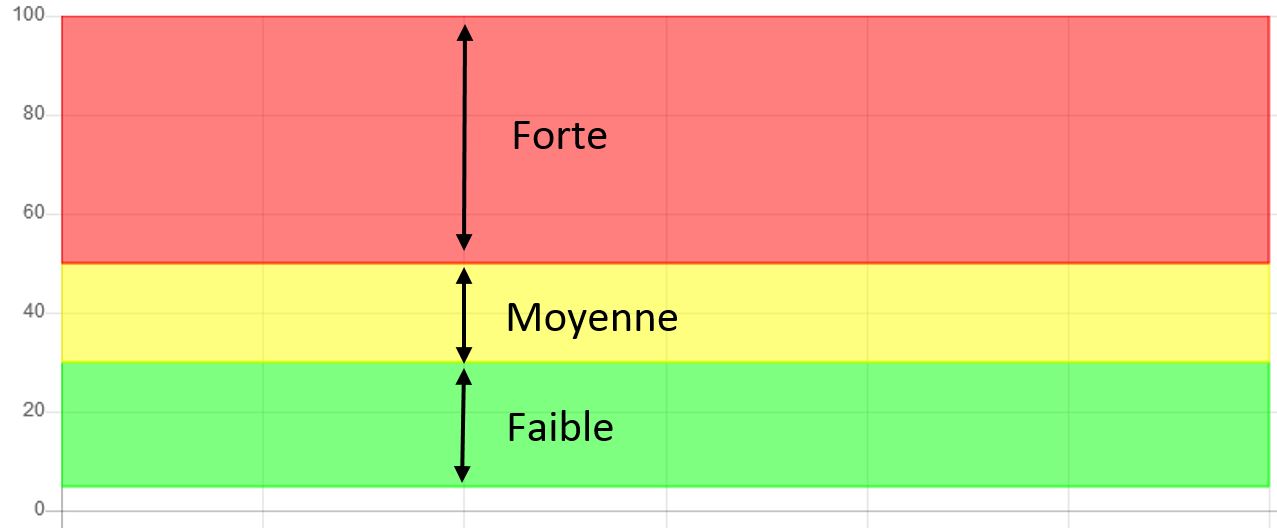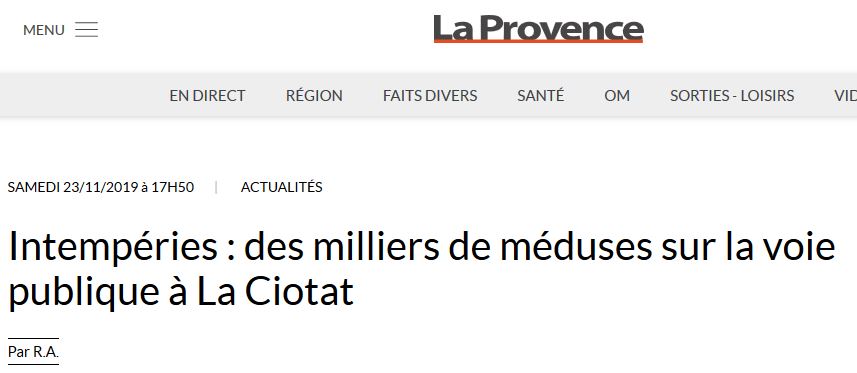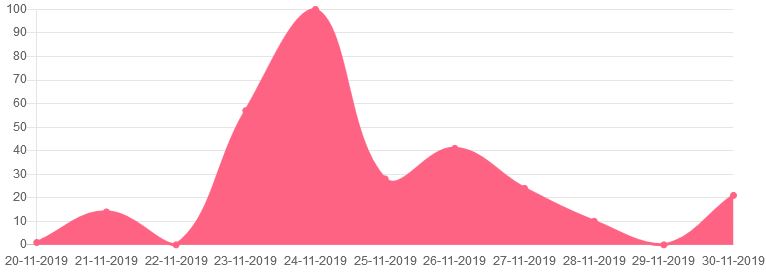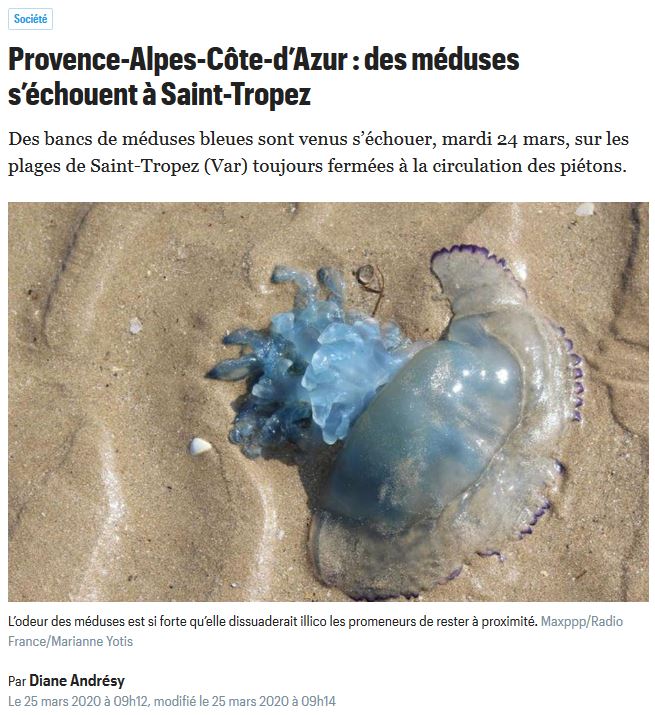Of course, you are wondering if the data on the site are reliable, and fortunately you are asking this question! As you can imagine it is always complicated to have the field data (otherwise we would not bother to do modeling), but we still have some information to evaluate the reliability of our method. So I suggest you to use the press articles as reference, they are dated and localized.
Methodology
So I will take the articles and compare them to the meduseo data at the date announced for the given city (if it is not present in the database I will take the nearest city). The meduseo data are rated from 0 to 100, 0 representing an absence of jellyfish, and 100 a very important pre sence of jellyfish. For the sake of clarity I have summarized the thresholds used on this figure:
Thresholds defining the presence of jellyfish on the beaches. Meduseo
Thanks to this score, it is possible to define levels of jellyfish on the coast:
- 0-4 : No jellyfish
- 5-29: Very weak presence (rare, they go unnoticed most of the time)
- 30-49: Presence of jellyfish (even if swimming is still possible, you will come across them)
- 50-100 : Very large number of jellyfish
I consider that when a newspaper talks about jellyfish, the concentration on the beaches is important (therefore red zone).
La Provence - 23/11/2019
La Provence writes on November 23, 2019 an article reporting the presence of thousands of jellyfish on the coast of La Ciotat. This arrival of jellyfish is a result of the severe weather that affected the region at that time. The site meduseo also reports on this date (see image below), a strong presence of jellyfish (score of 57), which peaks the next day at its maximum value (100).
Data from meduseo from 20-11-2019 to 30-11-2019
And in confinement, what are the results?
This is an important point, does it work outside the school/summer vacations. The confinement that took place in France from March 2020 allows to bring a beginning of information. Few people have access to the sea so less data available.
Article Le parisien 25/03/2020
I take here an article from Le Parisien (available here) dated March 25, 2020, which reports the presence of jellyfish in Saint-Tropez on March 24, 2020, in the middle of the containment period (COVID-19).
Data from meduseo from 21-03-2020 to 27-03-2020
As we can see from the meduseo data, the presence of many jellyfish was reported (score of 64), we can even note that jellyfish were already reported on March 23, 2020 (score of 70), before it was reported in the media.
Comparison user reports - Meduseo model
The wave of pelagic jellyfish that we have been able to observe since August 6, 2023 in the south of France, has made it possible to illustrate the data received only via user reports in comparison with data from the meduseo model based on the last 24 hours. The animation was made only on for the cities monitored by the model (ex, Marseille does not have it yet) and independently of the type of jellyfish (absent from the model).
Test it for yourself!
We are not going to lie to ourselves, it is obvious that we can't be right every time, the best I think is to make your own idea. You have the data, nothing prevents you from checking it yourself and we encourage you to do so!





